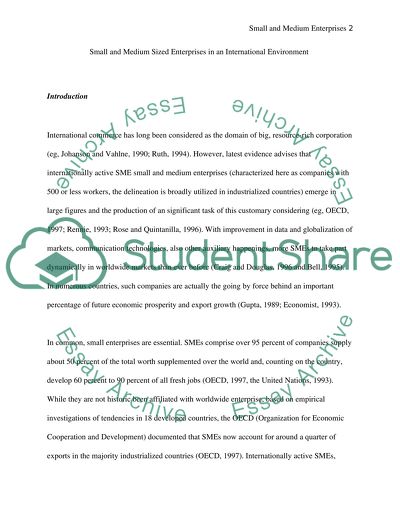Cite this document
(“Small & Medium Sized Enterprises in an International Environment Essay - 1”, n.d.)
Retrieved from https://studentshare.org/environmental-studies/1405511-small-medium-sized-enterprises-in-an-international
Retrieved from https://studentshare.org/environmental-studies/1405511-small-medium-sized-enterprises-in-an-international
(Small & Medium Sized Enterprises in an International Environment Essay - 1)
https://studentshare.org/environmental-studies/1405511-small-medium-sized-enterprises-in-an-international.
https://studentshare.org/environmental-studies/1405511-small-medium-sized-enterprises-in-an-international.
“Small & Medium Sized Enterprises in an International Environment Essay - 1”, n.d. https://studentshare.org/environmental-studies/1405511-small-medium-sized-enterprises-in-an-international.


